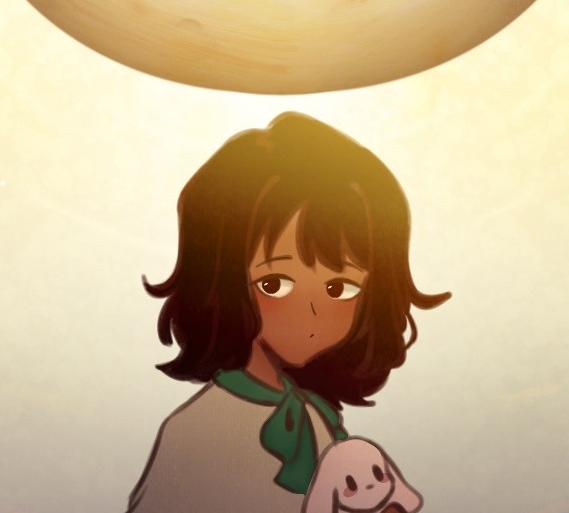Some of my favorite games of all time are impossible to play due to a lack of an audience or community, and that’s one of the saddest feelings of all.
I’m sure this experience is communal, so I won’t delve too deep into it. The point is: smaller multiplayer games with a lacking player count can be the best games in the world to you but if you don’t end up with other people to play with it can be impossible to stick with it. This is why I don’t play some of my favorite games—some social deduction games such as “Death Note: Killer Within” and “Lockdown Protocol” are, in my opinion, better experiences than “Among Us” but have too small a player size with too few good lobbies to be able to play with random people. This also brings into discussion the quality of these communities, not just in attitude but in skill as well. My favorite fighting game is “Under Night In-Birth II Sys:Celes” but I cannot really get too far into it because there aren’t a lot of intermediate players at my level to match with. It is this concept that I believe creates a lot of discussion as to why some choices are made when it comes to developing games.
One of these is new-player friendly systems or mechanics—the importance of these tutorials and onboarding is the ability to assist with inviting a healthy playerbase of new players who can play and grow together to provide a natural influx of people that can fill out all skill levels of a game. Better players are much more likely to stick with a game and continue playing than worse players, something that can really skew a player base away from allowing a new player from getting into the game. Games like “Destiny 2” assigned resources towards reworking their Trials of Osiris competitive PvP mode in order to address this—with the latest rework there are more ways to earn rewards from their pinnacle mode. A number of them benefit players who aren’t as competitive to go for a 7 win flawless streak, now allowing them to build rep through losses and wins for partial rewards and still benefit players even if they’re not the best of the best. Steps like these address the issue of a skewed player base, but what can a game do if it lacks one?
One answer is consolidating the community. “Fortnite” does this considering their wide platform, an example of which being when a ranked mode was removed in order to improve matchmaking times. The removal of a variant of the secondary mode is a highlight for it helping move an audience rather than losing it—if Fortnite were to remove the Zero Build mode in its entirety, there’s an argument to be made that it would consolidate a lot more players to the main mode. However, this comes with the caveat of likely pushing a lot of players away from the game who might have only wanted to play for the sake of this mode’s features. I for one am one of these people—if Fortnite were to remove Zero Build, I would find little reason to ever play the game again. Removing just the ranked form of the mode allows the ranked players to return to the unrated mode and, while holding some amount of sadness at the loss of a more competitive atmosphere for their game, will still be satisfied with being able to play the game the way they wanted. Other game modes in Fortnite such as Rocket Racing which is approaching the chopping block also somewhat cost server space and player count towards other game modes, but a lot less of that audience would move from the racing game to the shooter battle royale when the game reached an ending.
This brings in a conversation about limited time game modes, something that the original “Overwatch” always had in ways that brought me back for specific periods of time in the year. Their Halloween and story-based PvE game modes were such a blast in a way that was my only want from the game’s style and I always felt confused as to why they didn’t let them become a main feature of the game. This is something I hope is mutual—limited time events are sometimes a real hit with the community and I’m sure at least some of the players are also wishing they’d stick around. Discussion of community and player count helps explain this—with too many game modes splitting the player base up between what they want to play, some will likely be taking up a useless amount of server space considering that people will be unable to find matches with a healthy community.
Illustrating this doesn’t serve an argument like a lot of my articles, but this is my way of giving some context and discussion surrounding an aspect of games that I don’t think we give a lot of thought about from the sidelines. While we sometimes discuss things like the audience that Bungie’s “Marathon” is trying to reach, we also have to recognize that the purpose of something like this is in order to understand the health of the player base. This isn’t just on the developer’s side but also on the side of consumers—if we enjoy a game’s idea and style there’s a lot of hope and excitement to play it, but without a healthy player count there wouldn’t be a way to do this. Sometimes it just takes a different lens to view the problem from to understand it.
And trust me—if I knew how to fix it, I’d have proposed it right here and now.
